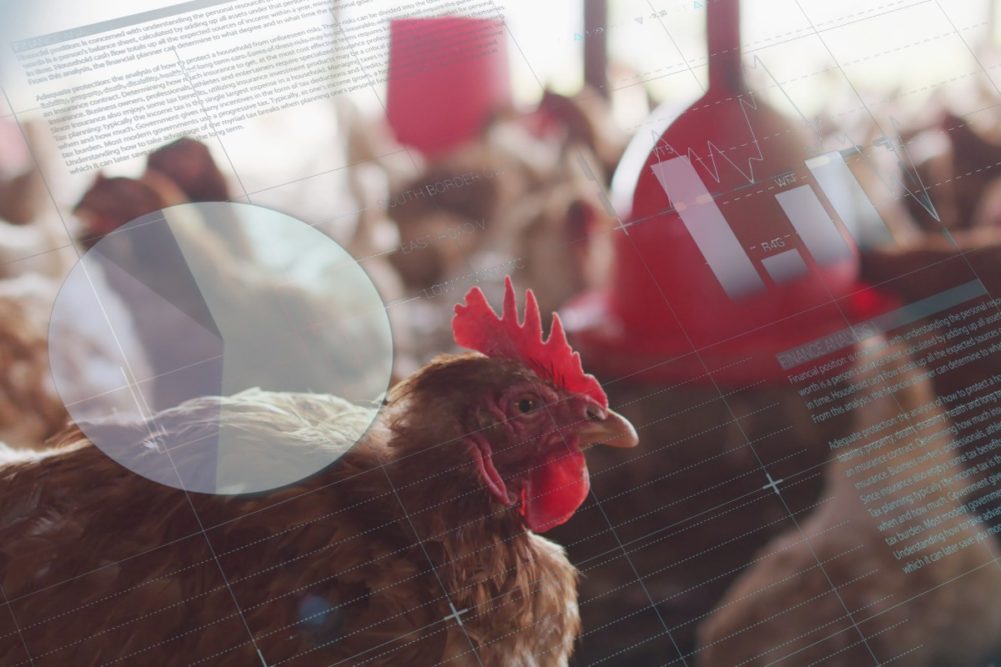UTRECHT, NETHERLANDS — Rabobank’s latest report, “Necessity Is the Mother of Invention: Escalating Costs Accelerate Animal Protein Innovation,” examines the current challenges facing the pork and poultry industries and how technology is paramount to alleviating industry burdens.
Consumers are shifting their expectations when it comes to pork and poultry products. They are looking for more sustainably raised, healthy and nutritious products. Around one-third of US consumers say buying meat free from antibiotics is important, and 20% suggest organic is important, according to IRI.
Claims-based marketing has already overtaken much of Europe, and Rabobank noted that the United States could grow in this area.
Considering 17% of US broiler production and 28% of US pork production account for exports, Rabobank suggests producers and processors look at consumers worldwide — not just in the United States.
Rabobank expects growth of US protein exports to Southeast Asia and Central America as demand outpaces the domestic supply in those regions.
New regulations for cage-free and open-pen housing, as well as biosecurity measures for the pork and poultry industries, are adding to costs.
The report noted that the pork and poultry industries are facing productivity challenges. Poultry is experiencing a drop in hatching rates and higher mortality rates, while pork’s litter size has plateaued, and pre-wean and sow mortality rates have increased.
As industries move away from antibiotics and feed additives to address consumers’ concerns, productivity has been reduced in many cases, and in some cases, costs have gone up.
“Recent productivity challenges in the swine and poultry industry have raised the question of whether these animals have reached their full genetic potential,” said Christine McCracken, senior analyst of animal protein at Rabobank. “Evidence suggests they have not.”
McCracken encourages the adoption of technology and investment in genetic improvements to grow meat and poultry yields while reducing the industry’s environmental footprint.
Technology adoption in the meat industry is historically slow, the report noted.
“The industry has always taken a measured approach when bringing new equipment into their operations or changing management practices, given relatively thin margins and the high potential cost of disruption,” McCracken said.
Top producers and processors tend to adopt new technology more easily than small ones. Smaller operations often struggle with high transition costs and added compliance expenses, which could lead to further industry consolidation, the report said.
Labor has been an ongoing issue for the pork and poultry industries, and Rabobank expects the problem only to increase. With a surge in domestic manufacturing, labor will likely tighten. Technology can help bear the weight of certain roles, but most likely it will not reduce the need for workers.
“In most cases, automation is able to eliminate the most physically demanding roles, but rarely drive lower headcounts, as employees are often redeployed into other parts of the operation,” McCracken said. “Automation often introduces new labor challenges, including the need for additional technologically adept workers, often in rural areas without a large talent pool.”
More information on the full report can be found here.


